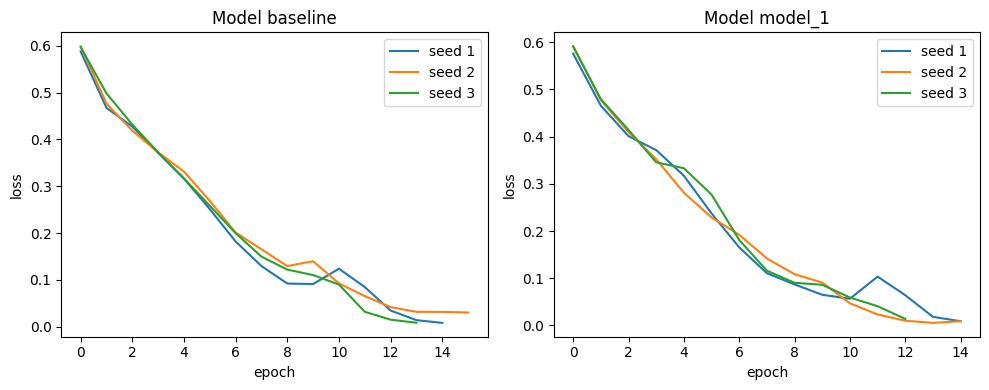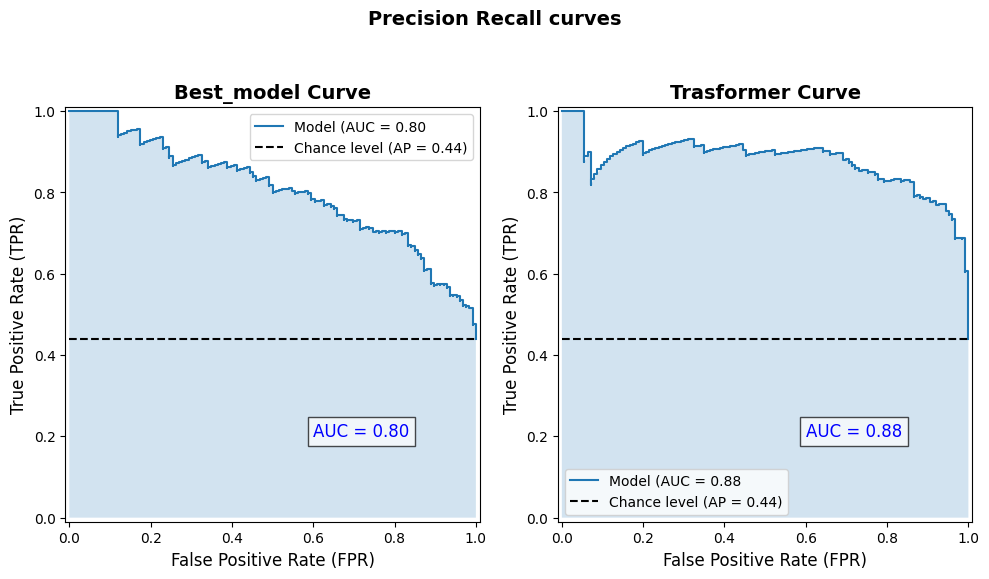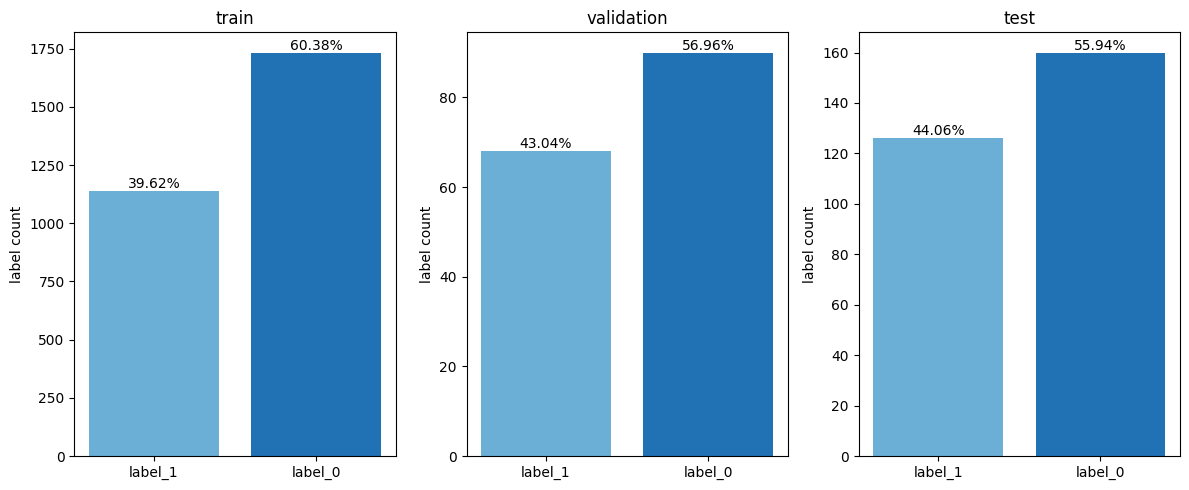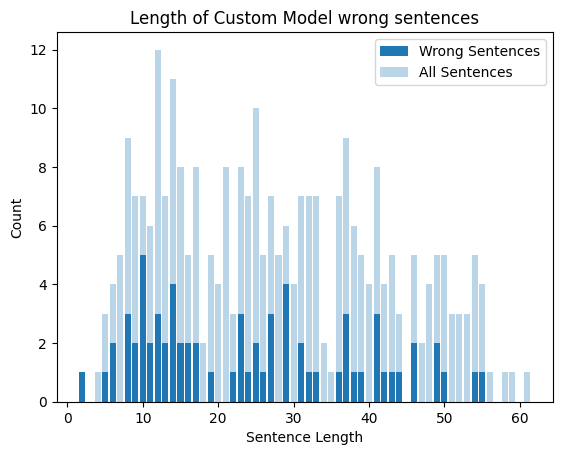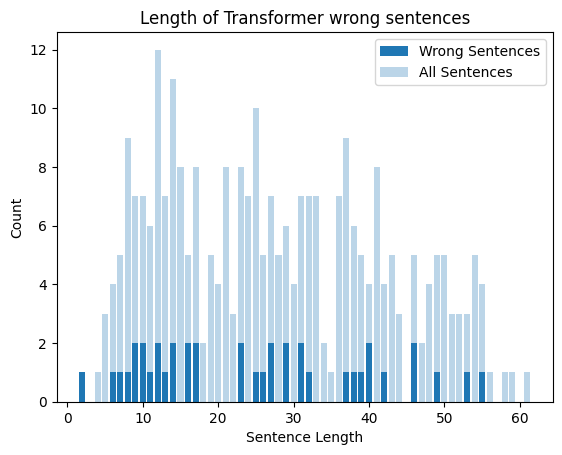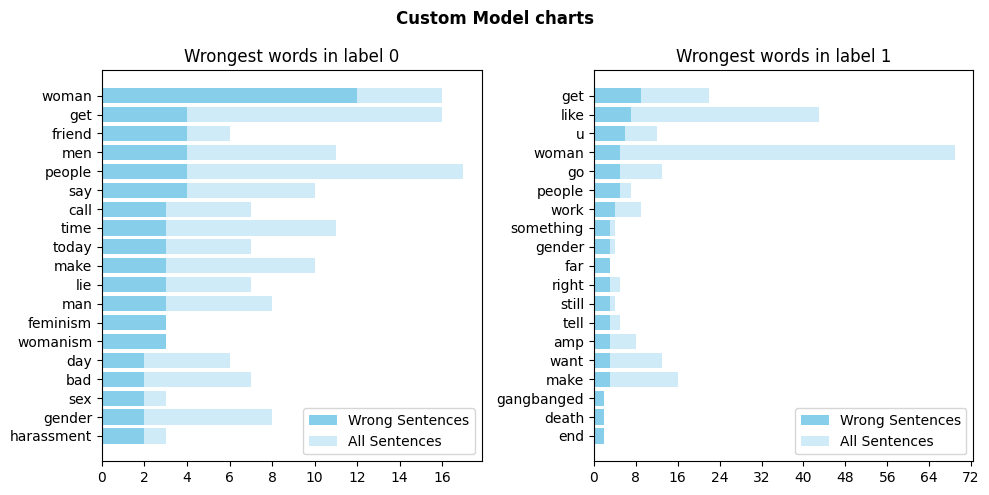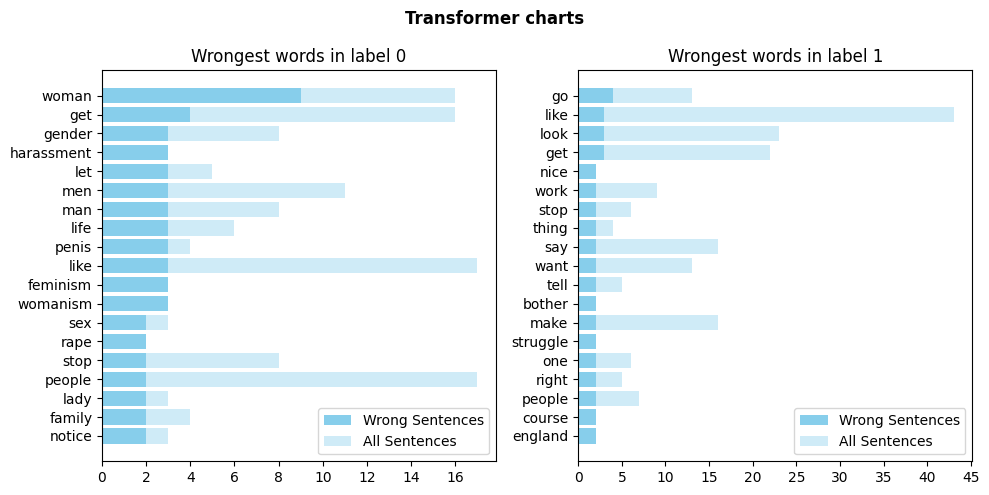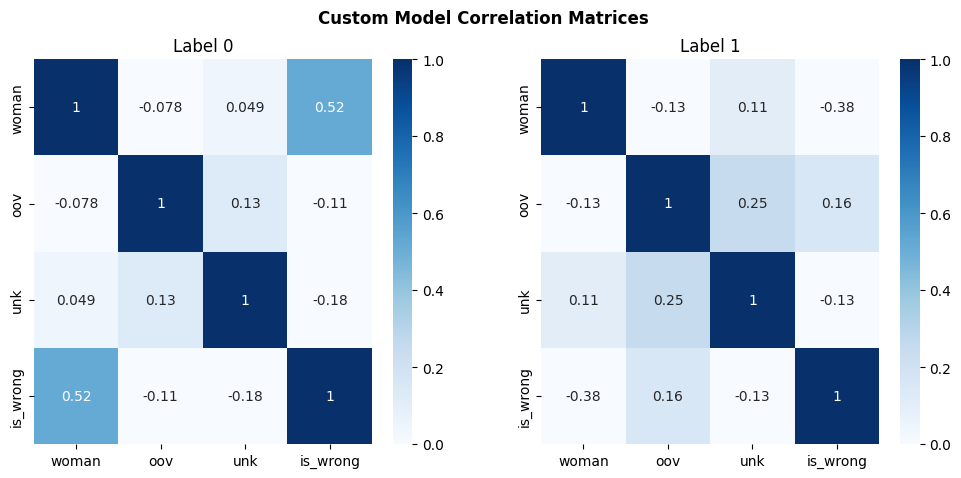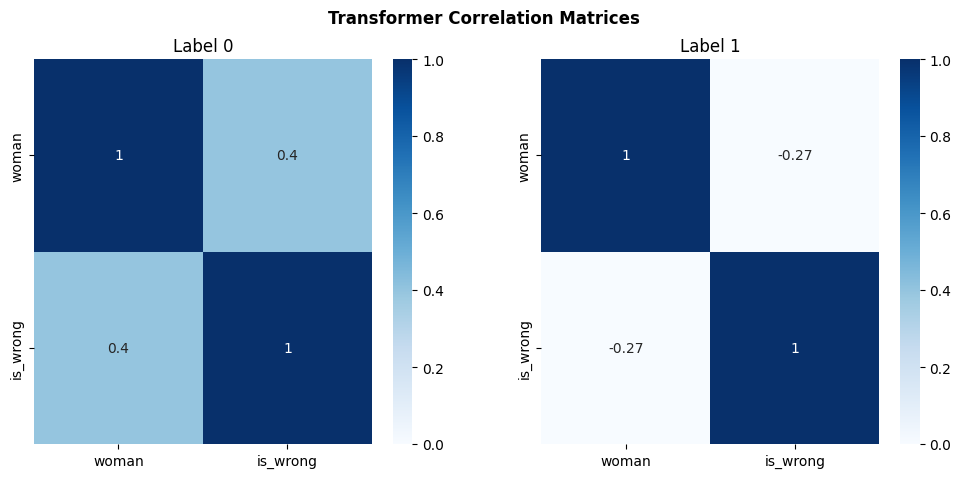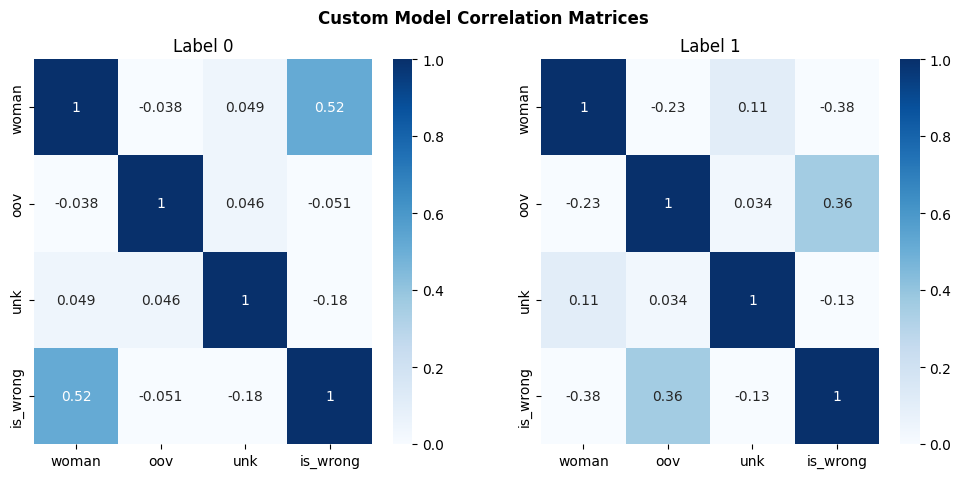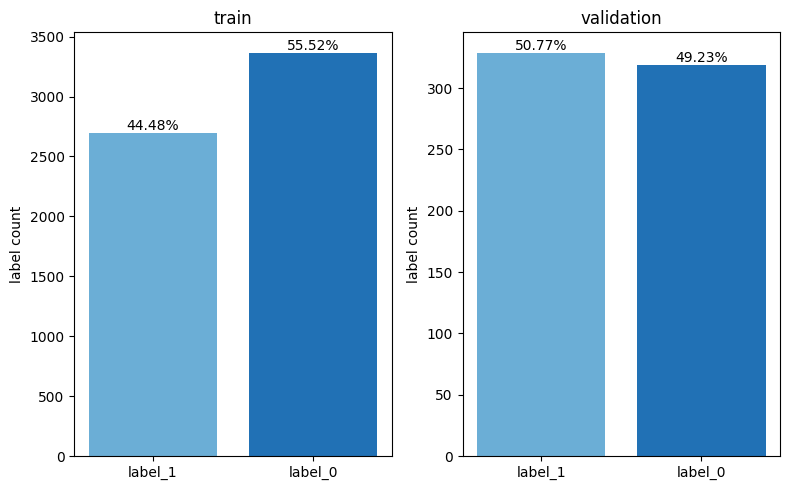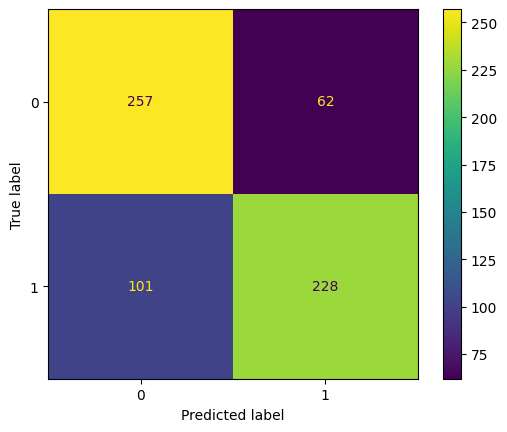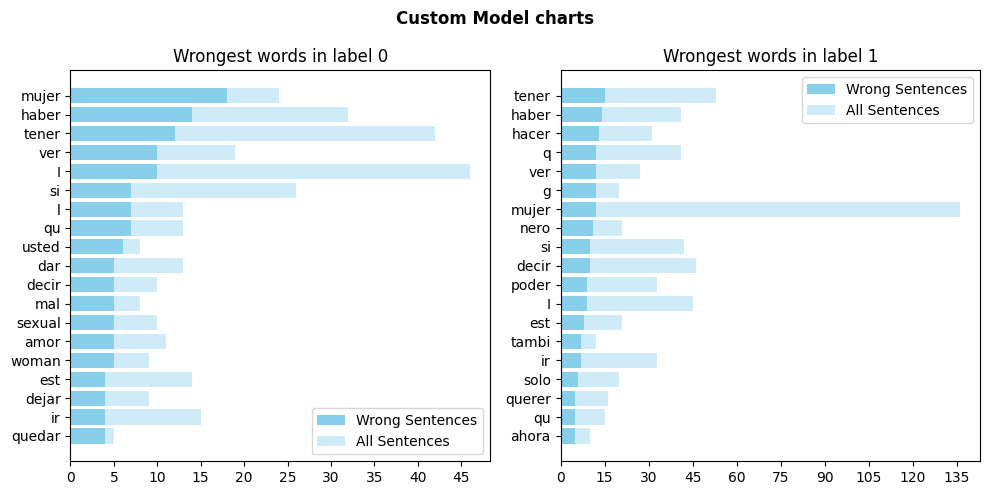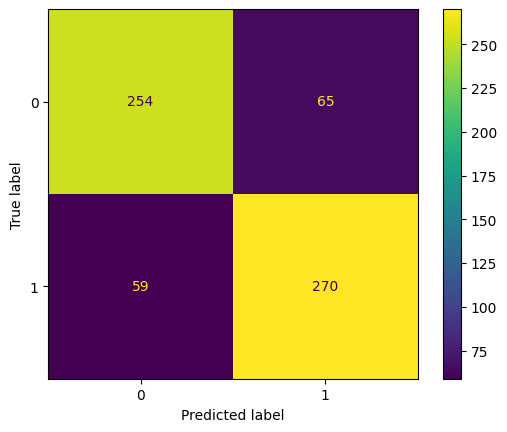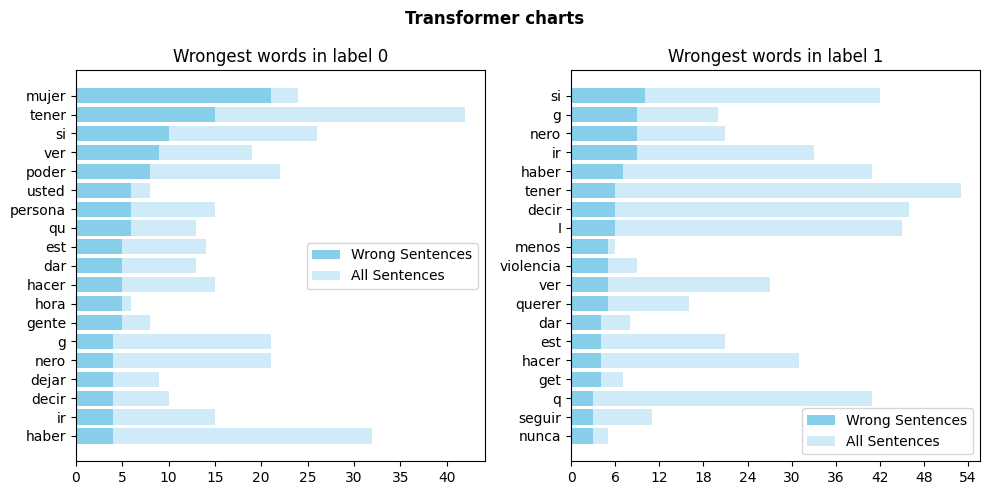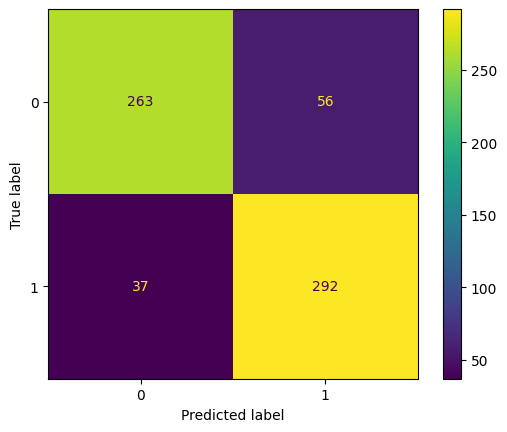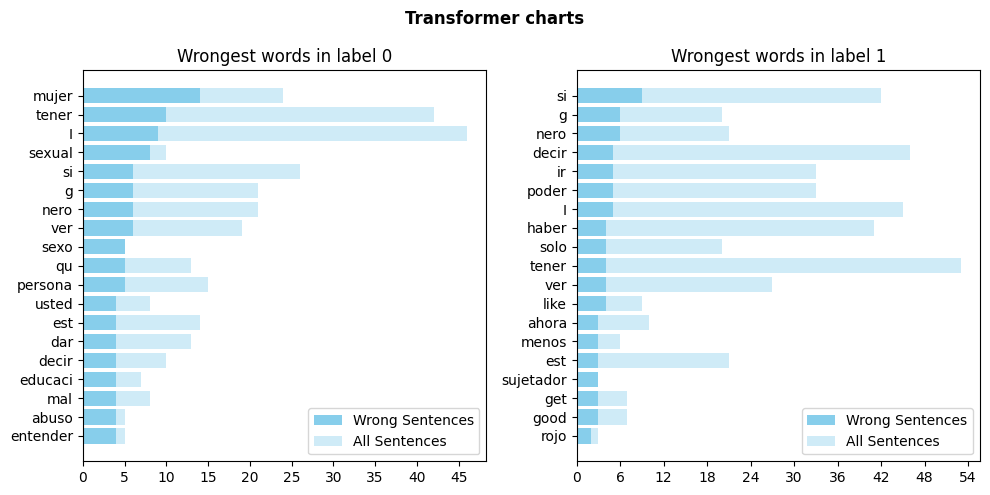Collecting es-core-news-sm==3.7.0
Downloading https://github.com/explosion/spacy-models/releases/download/es_core_news_sm-3.7.0/es_core_news_sm-3.7.0-py3-none-any.whl (12.9 MB)
━━━━━━━━━━━━━━━━━━━━━━━━━━━━━━━━━━━━━━━━ 12.9/12.9 MB 68.1 MB/s eta 0:00:00
Requirement already satisfied: spacy<3.8.0,>=3.7.0 in /usr/local/lib/python3.10/dist-packages (from es-core-news-sm==3.7.0) (3.7.5)
Requirement already satisfied: spacy-legacy<3.1.0,>=3.0.11 in /usr/local/lib/python3.10/dist-packages (from spacy<3.8.0,>=3.7.0->es-core-news-sm==3.7.0) (3.0.12)
Requirement already satisfied: spacy-loggers<2.0.0,>=1.0.0 in /usr/local/lib/python3.10/dist-packages (from spacy<3.8.0,>=3.7.0->es-core-news-sm==3.7.0) (1.0.5)
Requirement already satisfied: murmurhash<1.1.0,>=0.28.0 in /usr/local/lib/python3.10/dist-packages (from spacy<3.8.0,>=3.7.0->es-core-news-sm==3.7.0) (1.0.11)
Requirement already satisfied: cymem<2.1.0,>=2.0.2 in /usr/local/lib/python3.10/dist-packages (from spacy<3.8.0,>=3.7.0->es-core-news-sm==3.7.0) (2.0.10)
Requirement already satisfied: preshed<3.1.0,>=3.0.2 in /usr/local/lib/python3.10/dist-packages (from spacy<3.8.0,>=3.7.0->es-core-news-sm==3.7.0) (3.0.9)
Requirement already satisfied: thinc<8.3.0,>=8.2.2 in /usr/local/lib/python3.10/dist-packages (from spacy<3.8.0,>=3.7.0->es-core-news-sm==3.7.0) (8.2.5)
Requirement already satisfied: wasabi<1.2.0,>=0.9.1 in /usr/local/lib/python3.10/dist-packages (from spacy<3.8.0,>=3.7.0->es-core-news-sm==3.7.0) (1.1.3)
Requirement already satisfied: srsly<3.0.0,>=2.4.3 in /usr/local/lib/python3.10/dist-packages (from spacy<3.8.0,>=3.7.0->es-core-news-sm==3.7.0) (2.5.0)
Requirement already satisfied: catalogue<2.1.0,>=2.0.6 in /usr/local/lib/python3.10/dist-packages (from spacy<3.8.0,>=3.7.0->es-core-news-sm==3.7.0) (2.0.10)
Requirement already satisfied: weasel<0.5.0,>=0.1.0 in /usr/local/lib/python3.10/dist-packages (from spacy<3.8.0,>=3.7.0->es-core-news-sm==3.7.0) (0.4.1)
Requirement already satisfied: typer<1.0.0,>=0.3.0 in /usr/local/lib/python3.10/dist-packages (from spacy<3.8.0,>=3.7.0->es-core-news-sm==3.7.0) (0.15.1)
Requirement already satisfied: tqdm<5.0.0,>=4.38.0 in /usr/local/lib/python3.10/dist-packages (from spacy<3.8.0,>=3.7.0->es-core-news-sm==3.7.0) (4.67.1)
Requirement already satisfied: requests<3.0.0,>=2.13.0 in /usr/local/lib/python3.10/dist-packages (from spacy<3.8.0,>=3.7.0->es-core-news-sm==3.7.0) (2.32.3)
Requirement already satisfied: pydantic!=1.8,!=1.8.1,<3.0.0,>=1.7.4 in /usr/local/lib/python3.10/dist-packages (from spacy<3.8.0,>=3.7.0->es-core-news-sm==3.7.0) (2.10.3)
Requirement already satisfied: jinja2 in /usr/local/lib/python3.10/dist-packages (from spacy<3.8.0,>=3.7.0->es-core-news-sm==3.7.0) (3.1.4)
Requirement already satisfied: setuptools in /usr/local/lib/python3.10/dist-packages (from spacy<3.8.0,>=3.7.0->es-core-news-sm==3.7.0) (75.1.0)
Requirement already satisfied: packaging>=20.0 in /usr/local/lib/python3.10/dist-packages (from spacy<3.8.0,>=3.7.0->es-core-news-sm==3.7.0) (24.2)
Requirement already satisfied: langcodes<4.0.0,>=3.2.0 in /usr/local/lib/python3.10/dist-packages (from spacy<3.8.0,>=3.7.0->es-core-news-sm==3.7.0) (3.5.0)
Requirement already satisfied: numpy>=1.19.0 in /usr/local/lib/python3.10/dist-packages (from spacy<3.8.0,>=3.7.0->es-core-news-sm==3.7.0) (1.26.4)
Requirement already satisfied: language-data>=1.2 in /usr/local/lib/python3.10/dist-packages (from langcodes<4.0.0,>=3.2.0->spacy<3.8.0,>=3.7.0->es-core-news-sm==3.7.0) (1.3.0)
Requirement already satisfied: annotated-types>=0.6.0 in /usr/local/lib/python3.10/dist-packages (from pydantic!=1.8,!=1.8.1,<3.0.0,>=1.7.4->spacy<3.8.0,>=3.7.0->es-core-news-sm==3.7.0) (0.7.0)
Requirement already satisfied: pydantic-core==2.27.1 in /usr/local/lib/python3.10/dist-packages (from pydantic!=1.8,!=1.8.1,<3.0.0,>=1.7.4->spacy<3.8.0,>=3.7.0->es-core-news-sm==3.7.0) (2.27.1)
Requirement already satisfied: typing-extensions>=4.12.2 in /usr/local/lib/python3.10/dist-packages (from pydantic!=1.8,!=1.8.1,<3.0.0,>=1.7.4->spacy<3.8.0,>=3.7.0->es-core-news-sm==3.7.0) (4.12.2)
Requirement already satisfied: charset-normalizer<4,>=2 in /usr/local/lib/python3.10/dist-packages (from requests<3.0.0,>=2.13.0->spacy<3.8.0,>=3.7.0->es-core-news-sm==3.7.0) (3.4.0)
Requirement already satisfied: idna<4,>=2.5 in /usr/local/lib/python3.10/dist-packages (from requests<3.0.0,>=2.13.0->spacy<3.8.0,>=3.7.0->es-core-news-sm==3.7.0) (3.10)
Requirement already satisfied: urllib3<3,>=1.21.1 in /usr/local/lib/python3.10/dist-packages (from requests<3.0.0,>=2.13.0->spacy<3.8.0,>=3.7.0->es-core-news-sm==3.7.0) (2.2.3)
Requirement already satisfied: certifi>=2017.4.17 in /usr/local/lib/python3.10/dist-packages (from requests<3.0.0,>=2.13.0->spacy<3.8.0,>=3.7.0->es-core-news-sm==3.7.0) (2024.12.14)
Requirement already satisfied: blis<0.8.0,>=0.7.8 in /usr/local/lib/python3.10/dist-packages (from thinc<8.3.0,>=8.2.2->spacy<3.8.0,>=3.7.0->es-core-news-sm==3.7.0) (0.7.11)
Requirement already satisfied: confection<1.0.0,>=0.0.1 in /usr/local/lib/python3.10/dist-packages (from thinc<8.3.0,>=8.2.2->spacy<3.8.0,>=3.7.0->es-core-news-sm==3.7.0) (0.1.5)
Requirement already satisfied: click>=8.0.0 in /usr/local/lib/python3.10/dist-packages (from typer<1.0.0,>=0.3.0->spacy<3.8.0,>=3.7.0->es-core-news-sm==3.7.0) (8.1.7)
Requirement already satisfied: shellingham>=1.3.0 in /usr/local/lib/python3.10/dist-packages (from typer<1.0.0,>=0.3.0->spacy<3.8.0,>=3.7.0->es-core-news-sm==3.7.0) (1.5.4)
Requirement already satisfied: rich>=10.11.0 in /usr/local/lib/python3.10/dist-packages (from typer<1.0.0,>=0.3.0->spacy<3.8.0,>=3.7.0->es-core-news-sm==3.7.0) (13.9.4)
Requirement already satisfied: cloudpathlib<1.0.0,>=0.7.0 in /usr/local/lib/python3.10/dist-packages (from weasel<0.5.0,>=0.1.0->spacy<3.8.0,>=3.7.0->es-core-news-sm==3.7.0) (0.20.0)
Requirement already satisfied: smart-open<8.0.0,>=5.2.1 in /usr/local/lib/python3.10/dist-packages (from weasel<0.5.0,>=0.1.0->spacy<3.8.0,>=3.7.0->es-core-news-sm==3.7.0) (7.1.0)
Requirement already satisfied: MarkupSafe>=2.0 in /usr/local/lib/python3.10/dist-packages (from jinja2->spacy<3.8.0,>=3.7.0->es-core-news-sm==3.7.0) (3.0.2)
Requirement already satisfied: marisa-trie>=1.1.0 in /usr/local/lib/python3.10/dist-packages (from language-data>=1.2->langcodes<4.0.0,>=3.2.0->spacy<3.8.0,>=3.7.0->es-core-news-sm==3.7.0) (1.2.1)
Requirement already satisfied: markdown-it-py>=2.2.0 in /usr/local/lib/python3.10/dist-packages (from rich>=10.11.0->typer<1.0.0,>=0.3.0->spacy<3.8.0,>=3.7.0->es-core-news-sm==3.7.0) (3.0.0)
Requirement already satisfied: pygments<3.0.0,>=2.13.0 in /usr/local/lib/python3.10/dist-packages (from rich>=10.11.0->typer<1.0.0,>=0.3.0->spacy<3.8.0,>=3.7.0->es-core-news-sm==3.7.0) (2.18.0)
Requirement already satisfied: wrapt in /usr/local/lib/python3.10/dist-packages (from smart-open<8.0.0,>=5.2.1->weasel<0.5.0,>=0.1.0->spacy<3.8.0,>=3.7.0->es-core-news-sm==3.7.0) (1.17.0)
Requirement already satisfied: mdurl~=0.1 in /usr/local/lib/python3.10/dist-packages (from markdown-it-py>=2.2.0->rich>=10.11.0->typer<1.0.0,>=0.3.0->spacy<3.8.0,>=3.7.0->es-core-news-sm==3.7.0) (0.1.2)
✔ Download and installation successful
You can now load the package via spacy.load('es_core_news_sm')
⚠ Restart to reload dependencies
If you are in a Jupyter or Colab notebook, you may need to restart Python in
order to load all the package's dependencies. You can do this by selecting the
'Restart kernel' or 'Restart runtime' option.
